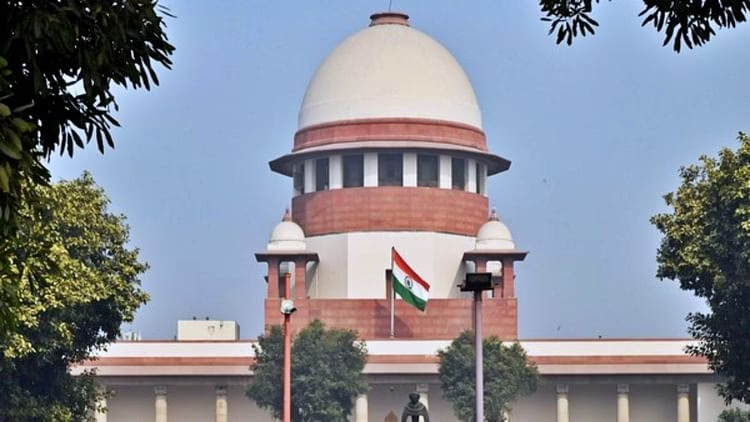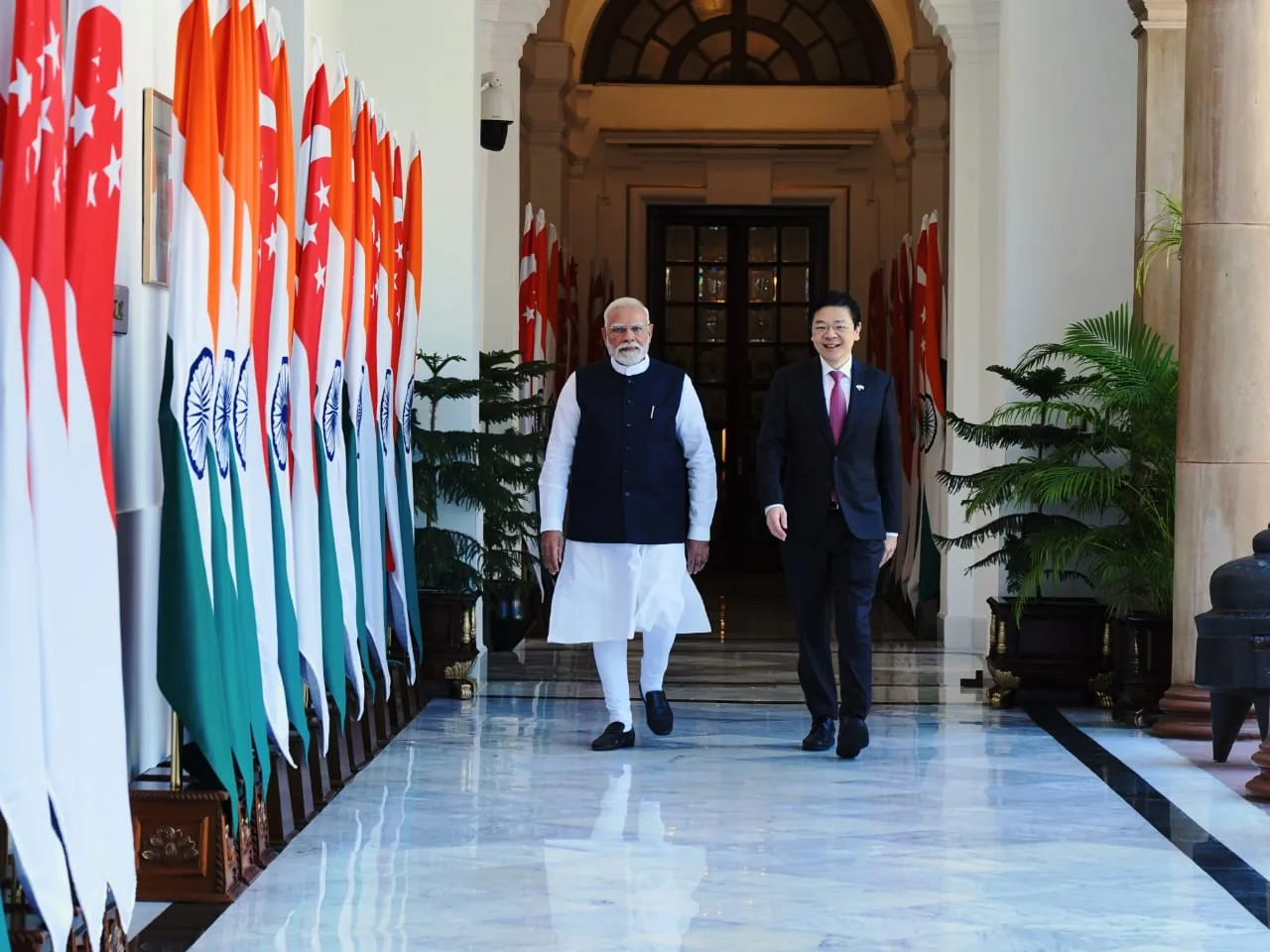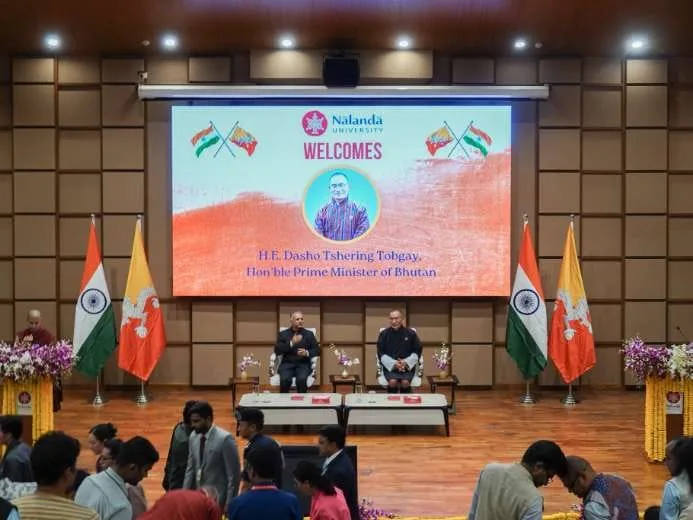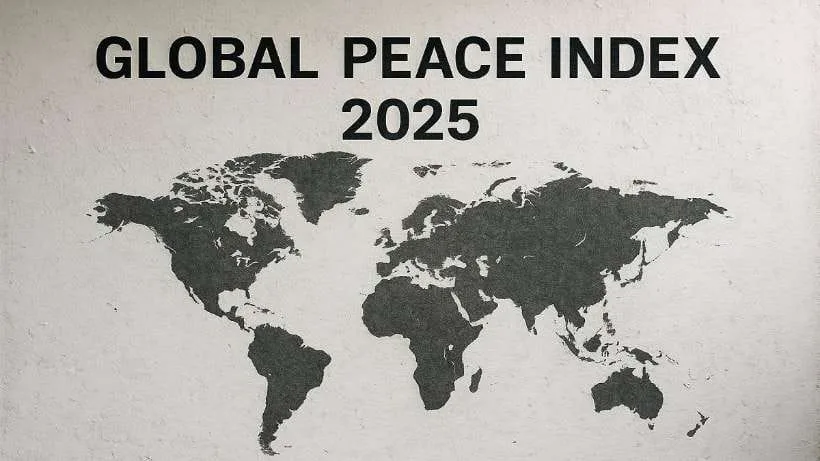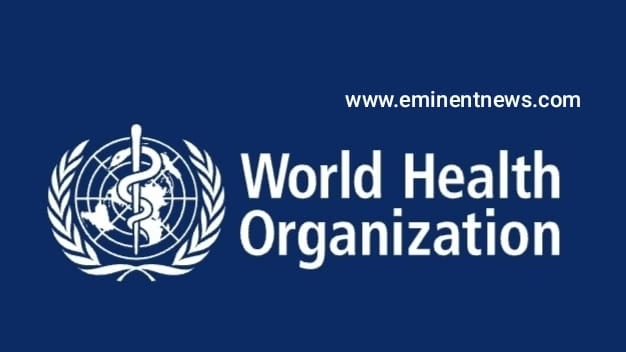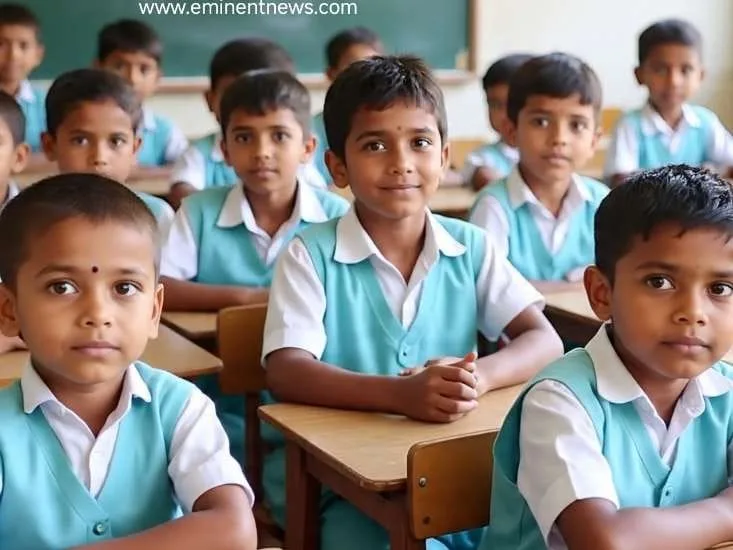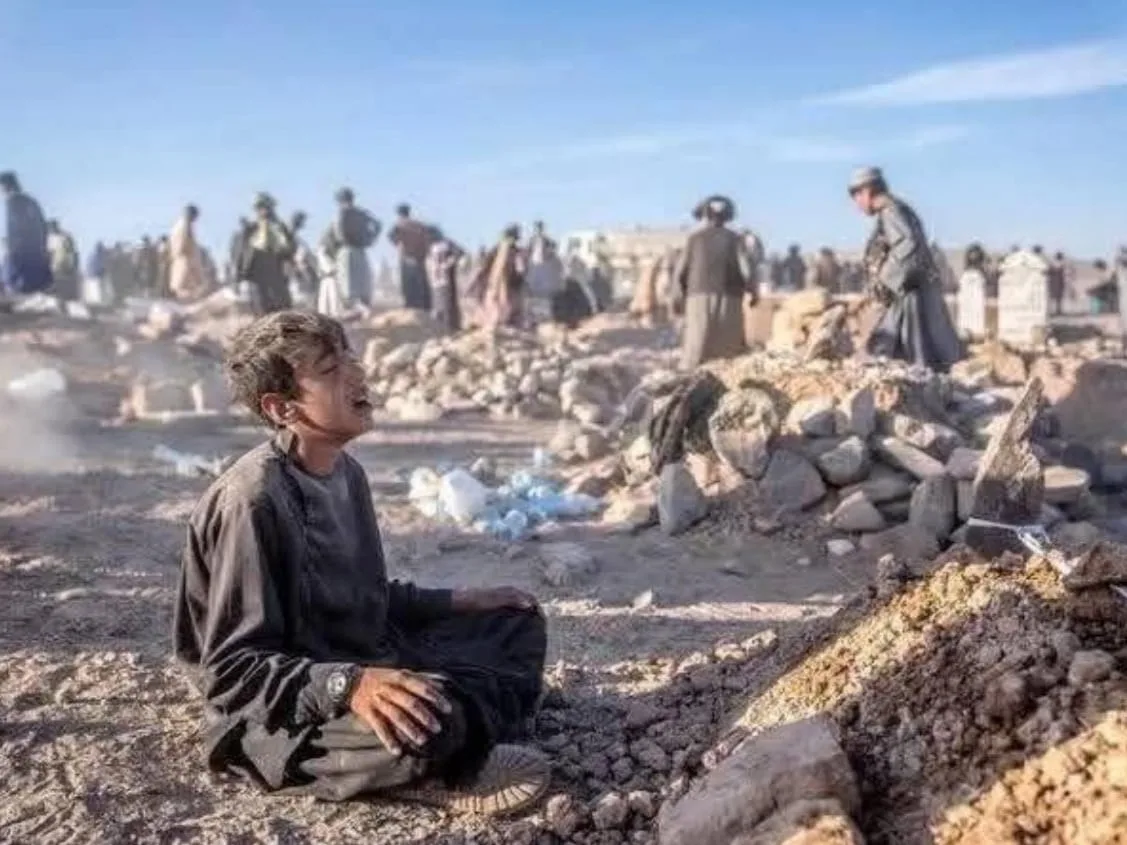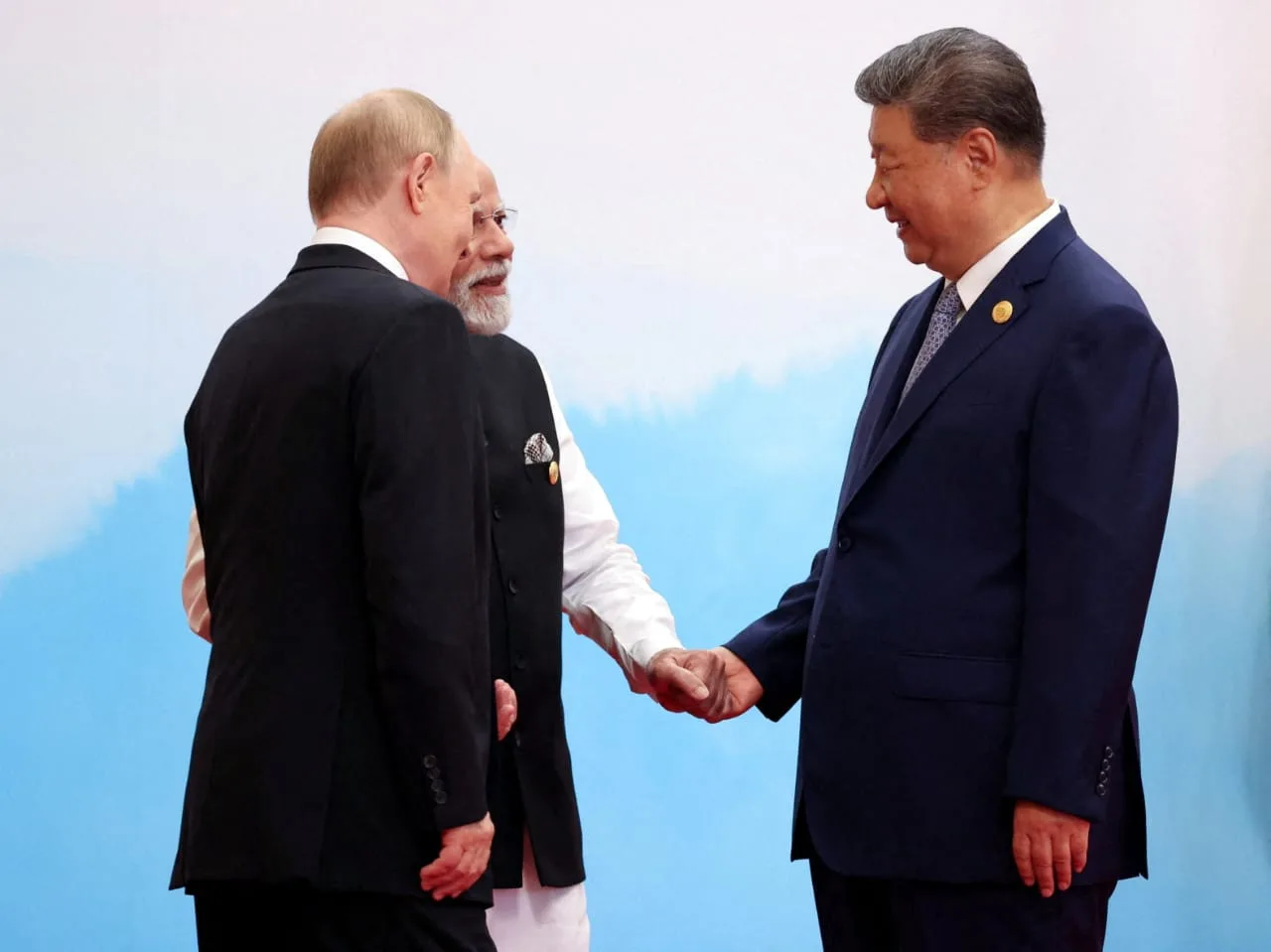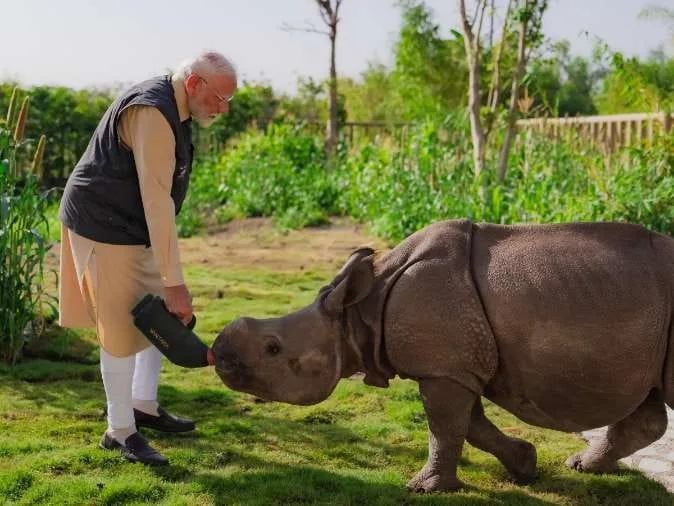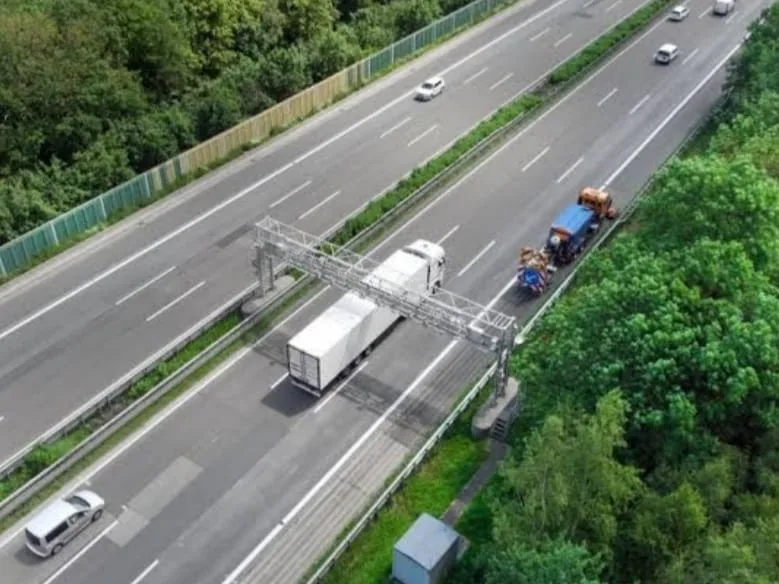The Rohingya refugee crisis remains a significant humanitarian issue in Asia . The primary drivers of this crisis are the decades of discrimination, persecution, and violence faced by the Rohingya people in Myanmar, leading to mass displacement into neighboring countries .
Key Aspects of the Crisis:
- Origin: The Rohingya, a Muslim minority group, have faced systematic discrimination and denial of citizenship in Myanmar since 1982, rendering them one of the world’s largest stateless populations .
- Mass Displacement: The situation intensified in August 2017 when Myanmar’s military launched a campaign of massacres, rape, and arson against the Rohingya, forcing over 740,000 to flee to Bangladesh .
- Current Situation in Myanmar: Approximately 600,000 Rohingya remain in Myanmar’s Rakhine State, living under what has been described as apartheid conditions, with restricted access to food, healthcare, education, and freedom of movement .
Impact on Neighboring Countries:
- Bangladesh:
- Bangladesh hosts approximately one million Rohingya refugees in overcrowded camps, making it the country most affected by the crisis .
- The UNHCR is working with the Bangladeshi government to provide essential services such as shelter, healthcare, education, and protection to these refugees .
- There are concerns about increasing militant activity in the refugee camps, particularly involving groups like the Arakan Rohingya Salvation Army (ARSA) .
- Bangladesh has introduced the Myanmar curriculum in the camps up to Grade 9, though it is not certified .
- Other Countries:
- A surge in conflict in Myanmar has led to increased displacement within the country and outflows across borders into countries including Bangladesh, India, Indonesia, Malaysia, and Thailand .
- There has been a rise in irregular maritime movements of Rohingya refugees seeking safety in countries like Indonesia, which poses significant risks to their lives .
- Some countries, like Malaysia, face challenges in providing protection and aid to newly arrived Rohingya refugees .
Regional and International Responses:
- UNHCR’s Role:
- The UNHCR is urging all states to grant civilians fleeing Myanmar access to their territories, uphold the right to seek asylum, and adhere to the principle of non-refoulement .
- It advocates for comprehensive regional solutions and collaborates with partners to find sustainable outcomes for Rohingya refugees .
- The UNHCR is also working to expand third-country solutions by increasing resettlement submissions to countries like the United States, Canada, Australia, and Ireland .
- Regional Coordination:
- The UNHCR is working closely with the Bali Process, ASEAN, and the inter-agency Regional Protection Group to address dangerous sea journeys and advocate for greater regional coordination and responsibility-sharing .
- It calls for predictable disembarkation arrangements and safe, legal pathways to protection for those in distress at sea .
- Addressing Misinformation:
- The UNHCR is developing tools to monitor online narratives and initiatives to respond to the rise in online misinformation, disinformation, and hate speech targeting Rohingya .
Challenges and Future Outlook:
- Funding Shortages: Humanitarian agencies often face funding shortages, which impact their ability to provide adequate assistance to the refugees .
- Climate Change: Climate change is a critical driver of displacement and humanitarian needs, requiring the integration of climate adaptation and resilience-building measures into the response .
- Long-term Solutions: Finding durable solutions for the Rohingya refugees, including their safe and dignified return to Myanmar, remains a significant challenge .



